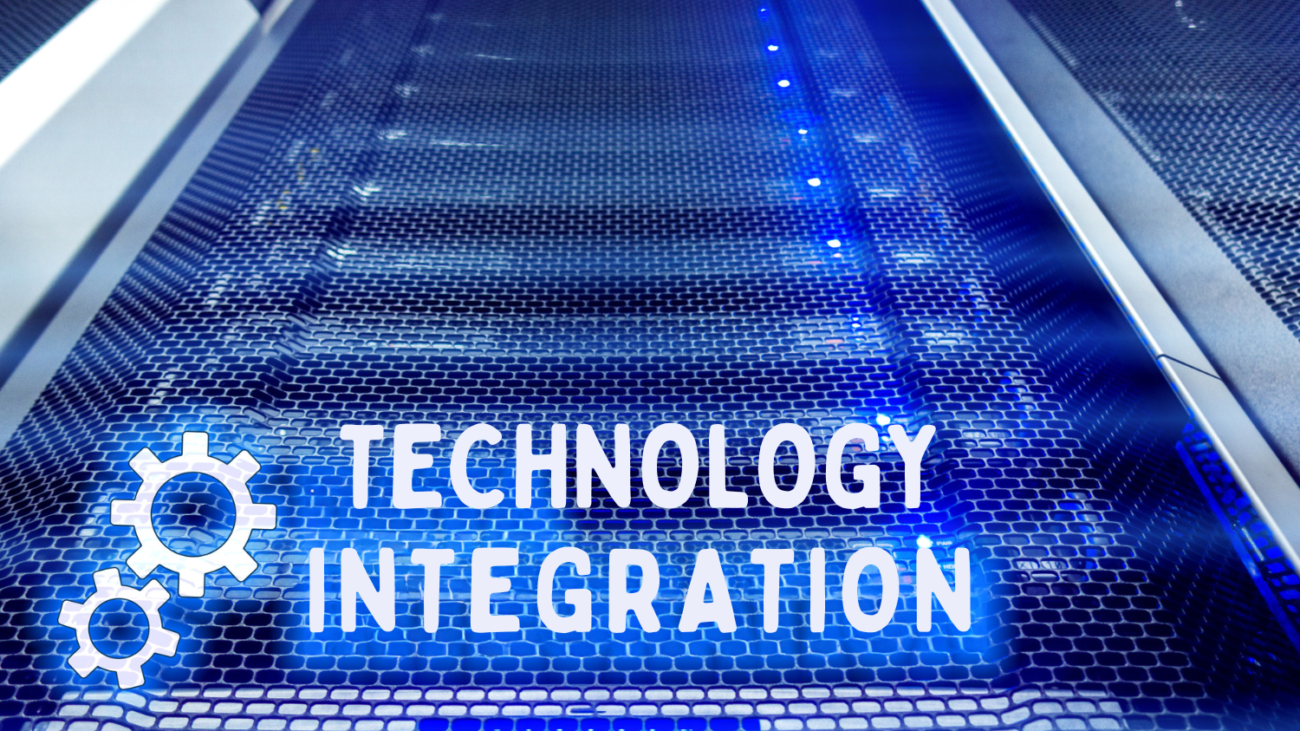Modern digital terrain demands innovative integration technologies more than ever. According to a 2023 study by the International Data Corporation (IDC), companies implementing sophisticated integration solutions can reach up to 30% quicker time-to-market for new goods and services. Analogous results were obtained from a Forrester Research poll of organizations integrating their systems: operational efficiency increases by up to 25%. These numbers show how vital integration technology is to companies trying to improve data quality, simplify processes, and encourage creativity. Advanced integration technology is a spectrum of complex techniques and tools that enable different systems, applications, and data sources to interact peacefully.
The development of integration technology
Integration technology has historically developed from straightforward point-to-point connections to increasingly sophisticated, scalable solutions. Early integration attempts included custom-coded interfaces and labor-intensive, error-prone manual methods. As the digital environment grew, more solid and adaptable integration solutions became apparent.
Middleware systems represented a significant turning point in integration technology. For example, IBM’s WebSphere middleware system in the early 2000s offered a vital abstraction layer between systems, enabling more effective data interchange and communication. With more scalability and adaptability given by enterprise service buses (ESBs) and application programming interfaces (APIs), the emphasis changed over time. Reflecting the demand for agility and responsiveness in contemporary IT systems, we now witness a move toward cloud-based integration, microservices, and real-time data processing.
Principal Elements of Advanced Integration Technology

Advanced integration technology combines numerous vital components that are necessary for flawless connectivity:
Modern integration technology now revolves primarily around Application Programming Intervals (APIs).
For instance, organizations like Stripe and PayPal provide APIs that allow organizations to integrate payment processing into their systems easily. Popular frameworks that will enable flexible and effective data interchange include RESTful APIs and GraphQL; social media sites like Facebook and Twitter show how third-party apps may access their data via their APIs.
Acting as a central hub, Enterprise Service Buses (ESBs) help to enable communication across several applications. One excellent example is MuleSoft’s Anypoint Platform, which offers a complete ESB solution to combine services and apps across several platforms. Decoupling systems improves scalability and lowers the complexity of handling many connections ESBs provide.
Microservices architecture is the division of applications into more minor, independently deployable services over lightweight protocols. With each element—user suggestions and content delivery—operating as a separate microservice—Netflix uses a microservices architecture to run its enormous streaming infrastructure. This method increases fault tolerance and lets you more precisely regulate integrations.
Cloud integration platforms have become indispensable as companies increasingly shift to cloud environments. For hybrid IT settings, Salesforce’s MuleSoft Anypoint Platform, for example, provides tools and services to link on-site systems with cloud-based apps, guaranteeing data consistency and operational continuity.
Advanced integration technology entails real-time data processing capability. Real-time streaming and data analysis made possible by technologies like Apache Kafka and Apache Flink allow LinkedIn to guarantee current content and suggestions by handling the real-time data flows created by user interactions using Apache Kafka.
Advantages of modern integration technologies
Advanced integration technology minimizes human intervention by automating data transfers and system interactions, lowering mistakes, and saving time. Companies such as Amazon, for instance, employ integration solutions to match inventory levels across their warehouse management and e-commerce systems, guaranteeing accurate stock information and effective order fulfillment.
Integration solutions guarantee that data is consistent across several systems, lowering differences and raising the quality of the information used for decision-making. Combining marketing automation solutions with customer relationship management (CRM) systems, for example, helps companies maintain accurate customer profiles and more successfully target marketing efforts.
Modern integration systems are built to manage rising transaction and data loads. Scalable solutions let companies expand without major modifications to their integration architecture. Platforms for cloud-based integration, for instance, can dynamically allocate resources depending on demand, allowing peak loads at busy times.
Flexibility and agility are vital as one must adjust quickly to changing technology and corporate needs. Advanced integration solutions enable companies to swiftly include fresh applications and services into their current infrastructure, supporting this agility. Rapid integration of new SaaS solutions with current ERP systems allows businesses to improve functionality without substantial overhauls.
Perfect customer experience results from seamless integration of several touchpoints, including CRM systems, e-commerce sites, and customer support platforms. For example, combining CRM systems with customer care chatbots lets one provide prompt and tailored replies, raising customer engagement and satisfaction.
Future Integration Technology Trends
Advances in artificial intelligence (AI), machine learning (ML), and the Internet of Things (IoT) will fuel the ongoing evolution of integration technologies. Through data flow optimization and decision-making automation, artificial intelligence and machine learning may improve integration. Integration solutions driven by artificial intelligence can foretell and fix any problems before they affect operations. IoT will present fresh integration possibilities and difficulties, needing systems that can manage several data sources and devices—such as those found in intelligent manufacturing—as it will present.
Moreover, the development of edge computing would affect integration plans as data processing approaches where data is produced get closer. This change will call for fresh methods of combining edge devices with centralized systems. For instance, edge computing in autonomous cars will need real-time data processing and decision-making using cloud-based systems.
Ultimately, negotiating the complexity of contemporary digital settings depends on superior integration technologies. Encouraging flawless connections and data interchange helps companies run more effectively, make wise judgments, and react quickly to changing market situations. Integration solutions will become even more important in determining the direction of business and technology as long as technology keeps developing.

